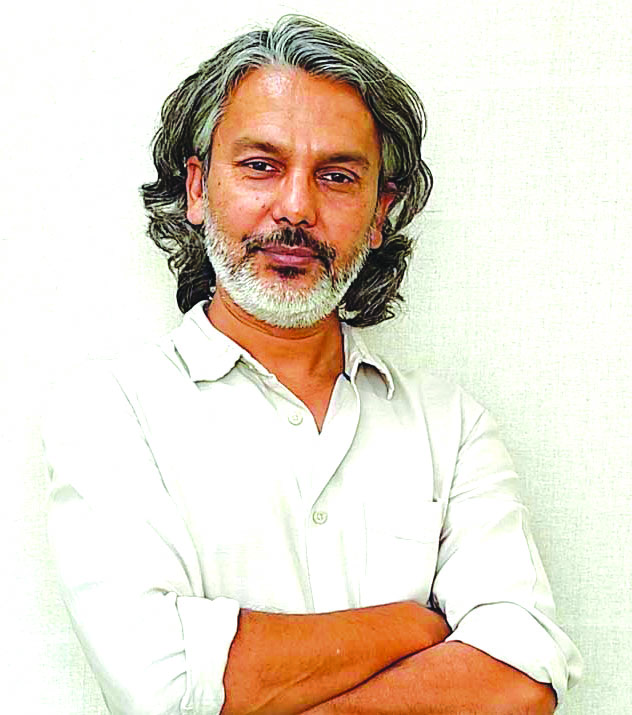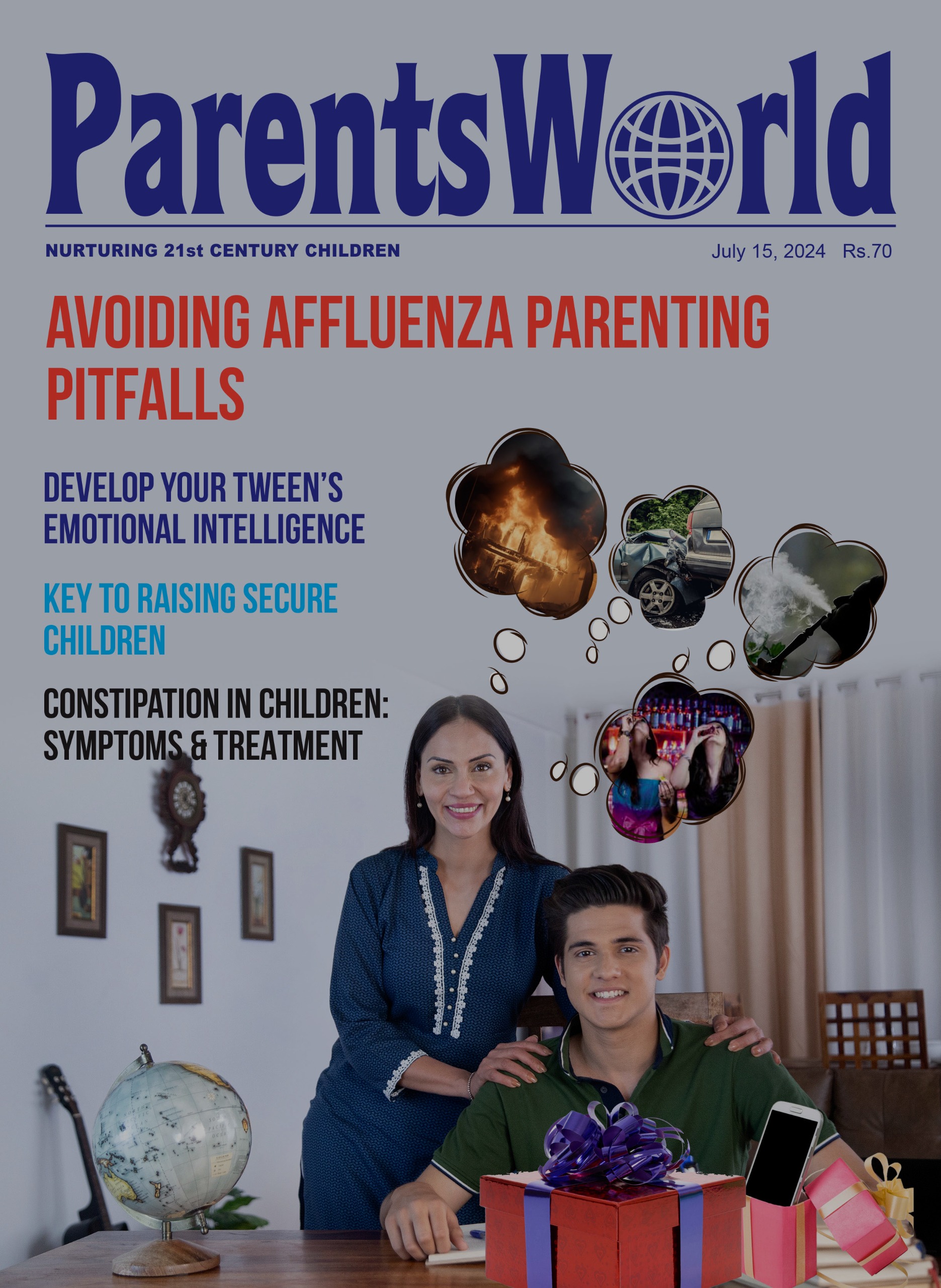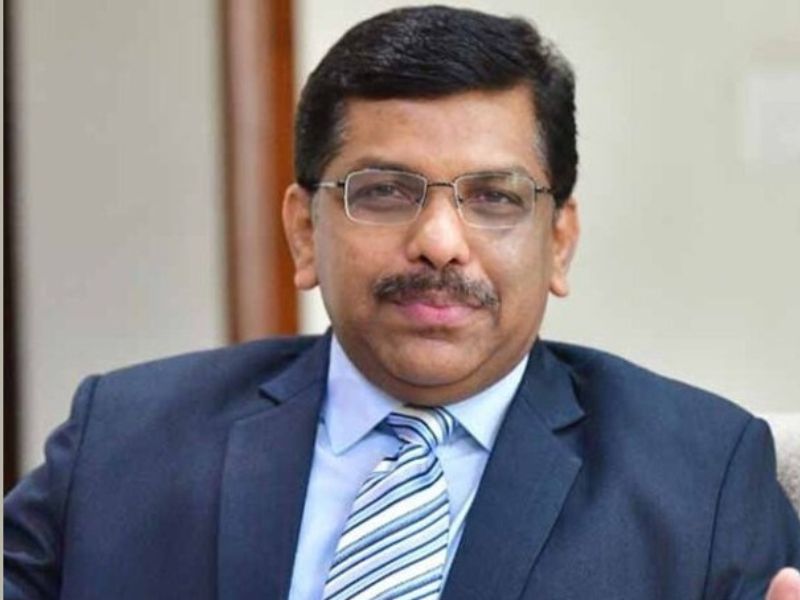Studio pedagogy takes a very different approach. A substantial number of contact hours and credits are given to undergrads to resolve live workplace problems individually or in team writes Pratyush Shankar

Traditionally, engineering education has been perceived to be a higher education discipline that requires good grasp of theoretical concepts and a fair amount of workshop or practical exposure during the time spent in a bachelor’s degree programme. This traditional pedagogy succeeded to a certain extent in creating a generation of engineers and technocrats who have participated in nation-building and also contributed to building excellent engineering companies. However in recent times, there is a felt need to equip students with more real life and shopfloor experiences while they are still studying. Studio pedagogy, successfully used in numerous architecture and design schools worldwide, offers a good model for application in engineering education as well.
In traditional engineering colleges, theoretical inputs in the form of lectures are given to students on the assumption that when confronted with practical workplace problems, graduates will apply this knowledge to solve them. However, there’s no dearth of evidence that chalk-n-talk pedagogy discourages creativity and innovation that is sadly missing in fresh engineering graduates.
Studio pedagogy takes a very different approach. A substantial number of contact hours and credits are given to undergraduates to resolve live workplace problems individually or in teams. Over the course of every semester, students try and find the most innovative solutions to complex problems by applying access theory, case studies and tinkering with differing ideas. The role of faculty is transformed from ‘sage on stage’ to facilitators to whom students turn to for assistance. This pedagogy transforms students from passive to active learning participants in classrooms. Moreover, students develop strong ownership of their ideas when a project ends with an innovative solution.
In most design schools, the studio course has the maximum number of credits and hence the maximum contact hours. It is not unusual to find a studio course having 9-12 credits in a given semester. A typical five-year architecture programme would have nine to ten studio modules. Each module poses a live or practical problem to be solved by students following discussion and debate. The studio model is designed to compel students to apply theoretical inputs they have been taught in study programmes.
In this pedagogy the studio is a learning hub that demands holistic understanding of a problem, be it the quantum of resources used, technology deployed, or user behaviour. This stimulates creative thinking and fresh ideas, and provides a connect between theory and practice.
Studio learning also generates high interest among students and there is a great amount of learning when students witness peers ideate differing solutions to common problems. This pedagogy if applied to core engineering subjects such as civil, mechanical and electrical, can lead to an enriching learning process. Navrachana University has implemented studio-based courses in these core disciplines of engineering with excellent results.
Projects are designed and given to students to complete during a 16-week semester. Enough time and credits are allocated for studio learning. Supporting information and data is provided to help students devise innovative solutions for projects. Moreover, a lot of planning goes into designing the problem itself.
To design testing projects, faculty members from different disciplines cooperate to ideate problems that demand and require students to draw from various disciplines in a multi-dimensional manner. Faculty members also monitor the progress of students and batches and when necessary, provide inputs.
After introducing design/studio learning into core engineering courses, we have noted the first batch of students that experienced this pedagogy exhibited great enthusiasm and better understanding of concepts than expected. This type of creative and innovative way of thinking is sorely missing in most engineering schools. With the application of studio pedagogy, students are transformed into innovators and thinkers from mere consumers of concepts and theory. They were enthused by the prospect of applying theory to solve complex problems.
However even as studio pedagogy in engineering education offers a lot of hope, the work done needs to be fleshed out. This includes reworking curriculums to adjust to this new pedagogy. It will also require a considerable reorientation and training for faculty members to begin to think in a very different way.
Moreover, higher education institutions will need to create a very different student culture in engineering schools — a culture that encourages originality and innovation to resolve everyday problems that confront society. It requires a big leap of faith for most engineering schools and one has to wait and watch the outcomes of applying design/studio thinking in engineering colleges where it has already been implemented. But one thing is for sure: studio or workshop-based pedagogies can provide the much-needed innovation stimulus that has been missing in most engineering programmes in India.
(Pratyush Shankar is provost at Navrachana University, Vadodara)
























